Looking at the early reports and leaks surrounding Apple's iPhone 18 Pro, we're staring at what could be the most significant iPhone design overhaul since the introduction of Face ID back in 2017. We're still over a year away from seeing these devices hit the market, but the technical groundwork being laid suggests Apple is finally ready to tackle one of the biggest visual elements that's defined iPhone design for nearly a decade. About time, right?
The engineering challenge centers around HIAA, Hole in Active Area, a display manufacturing technique that Samsung Display and other panel makers have been developing and trialing HIAA techniques, to place cameras inside OLED panels without gobbling up screen. It clears the path for Apple to tuck Face ID below the display while keeping a small, visible hole just for the selfie camera. Reports and supply-chain leaks indicate Apple is testing an under-display Face ID system, so the complex biometric hardware could live beneath the pixels while a tighter hole punch handles photos and video calls.
What stands out here is how closely this mirrors Apple's usual playbook. Rather than rushing out a flashy, fully hidden setup, Apple is prioritizing reliability over complete invisibility, aiming to produce a smaller, proven cutout rather than pursuing magic-trick disappearing components. It feels like a lesson learned from early under-display experiments on other phones, a careful balance of novelty and trust.
The engineering challenge behind smaller cutouts
The move from Dynamic Island to a hole punch is not just shrinking parts. It means tackling physics problems that have tripped up the industry for years. Hard problems, tiny space.
The current Face ID system works by projecting thousands of infrared dots to map facial features for authentication. The catch is simple to say and difficult to solve. Infrared patterns behave differently from visible light when passing through OLED displays. Getting that signal through the screen cleanly is the whole ballgame.
Apple's answer leans on precision manufacturing that pushes display tech to its edge. HIAA implementations reportedly use precision laser micro-drilling or related ultrafast laser processes to open small apertures in the active area, resulting in a single ultra-compact aperture opening. That carefully shaped opening helps the infrared system work from beneath the display while keeping the visual footprint tiny.
It is not just about size. Integrating biometric sensors under a high-resolution display while preserving both security and image quality represents a complex engineering puzzle that ties together manufacturing advances, infrared transmission, and sensor miniaturization in one coordinated push.
What this means for the Dynamic Island
If this design ships as described, the change is bigger than swapping a pill for a dot. It shifts how the interface works and how it feels.
Today's Dynamic Island pulls off its seamless look with tight hardware and software choreography. The system consists of one oblong camera cutout for the Face ID system and a circular cutout for the selfie camera, with software filling the pixels between them to create that familiar pill-shaped appearance. Two holes, one cohesive UI trick.
With Apple's HIAA approach, that setup changes. Only the selfie camera would remain visible to users, while the Face ID system gets hidden beneath the display. The result is a single hole punch, closer to what premium Android phones have shown for years, though with Apple's biometric twist.
Placement is still in flux. Recent reports suggest the device's screen shape will change due to this smaller camera hole design, though it remains unclear whether the front camera will relocate or simply become part of a significantly smaller Dynamic Island. Some development sources even suggest Apple intends to position the pinhole for the front-facing camera in the top-left corner of the screen. A big departure for Apple, if it sticks.
And the software story. The current Dynamic Island acts as a visual anchor for alerts, live activities, and system indicators. A lone hole punch would push Apple to rethink that space, either by retiring the Island in favor of more traditional banners and indicators or by inventing new interactions around a smaller dot. Clean slate, or remix.
Beyond the display: What else to expect
The iPhone 18 Pro's upgrades do not stop at the front. Camera tech is next in line. Sources suggest Apple is reportedly testing a variable-aperture main camera for the first time, bringing more manual control to shots than iPhones have offered before.
Variable aperture changes how a phone handles light. Open wide for low light, stop down for sharper daylight scenes, with more control over depth of field. If Apple nails the implementation, it could close more of the gap between phone photos and dedicated cameras without turning everyday shooting into homework.
Design continuity still matters. The camera plateau design is expected to remain unchanged compared to the iPhone 17 Pro, so the big visual drama likely lives up front. Materials keep evolving, though, with the glass MagSafe cutout featuring a new transparent design for a cleaner back.
Rumors/analyst notes point to an 'A20' family on advanced nodes (reports point to TSMC 2nm for high-end variants), but Apple has not confirmed the name or node, paired with a vapor chamber cooling system with stainless-steel materials to help sustain performance during heavy photo and video work.
The bigger picture: Apple's display evolution
All of this pushes toward the long-held idea of a clean sheet of glass in your hand, no cutouts distracting from the content. Not magic, just relentless iteration.
The cadence lines up with Apple's history. Apple first introduced the notch with the iPhone X in 2017, then switched to Dynamic Island with the iPhone 14 Pro in 2022. A major shift in 2026 would fit that four-to-five-year rhythm, a pattern that tends to follow tech maturity, not dates on a calendar.
Competitively, the move lands Apple in an interesting spot. Android phones have had hole-punch displays and some under-display cameras for years, but none have fused under-display optics with Face ID-level infrared sensing at scale. Apple's path aims for under-display biometrics without giving up security or consistency.
The rollout hints at confidence. Multiple reports/analysts predict Apple may announce iPhone 18 Pro and a foldable in September 2026, with some rumors suggesting the base iPhone could follow in spring 2027, with the iPhone 18 and iPhone 18e potentially following in spring 2027 as part of a new split-cycle launch strategy. Pro models first, then wider adoption once manufacturing and UX are dialed in.
Cameras across the lineup also get a bump. A JP Morgan research note (reported via MacRumors) projects a 24MP front camera for flagship models—this remains an analyst/rumor claim, including the iPhone Fold, which will have an under-display camera. That should pay off in Portrait selfies, cleaner video calls, and low-light shots from the front.
The iPhone 18 Pro's display shift could be Apple's biggest design leap since Face ID arrived. There is still time before these phones reach your hand, but the groundwork points to a serious step forward in display tech. If Apple pulls off under-display Face ID without denting security or reliability, it will shape more than one product cycle. It could reset expectations for what a phone screen should look like.
A single hole punch with hidden biometrics would clear one of the last big visual hurdles, opening the door for fresh interface ideas. Less clutter, more screen, and a new canvas for software to play on.









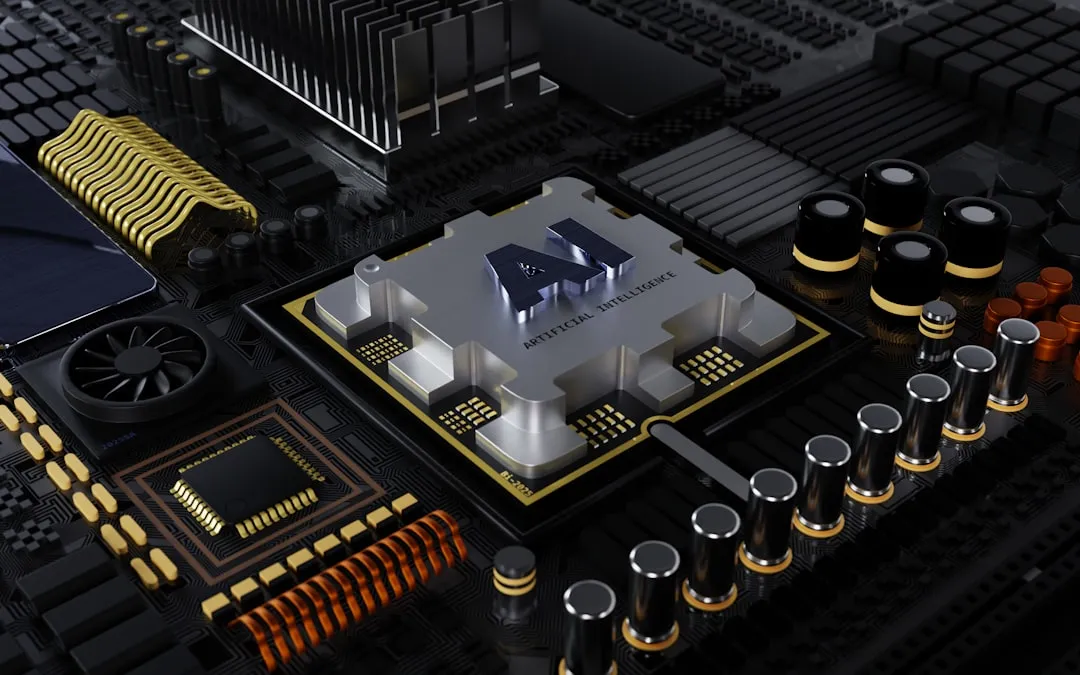
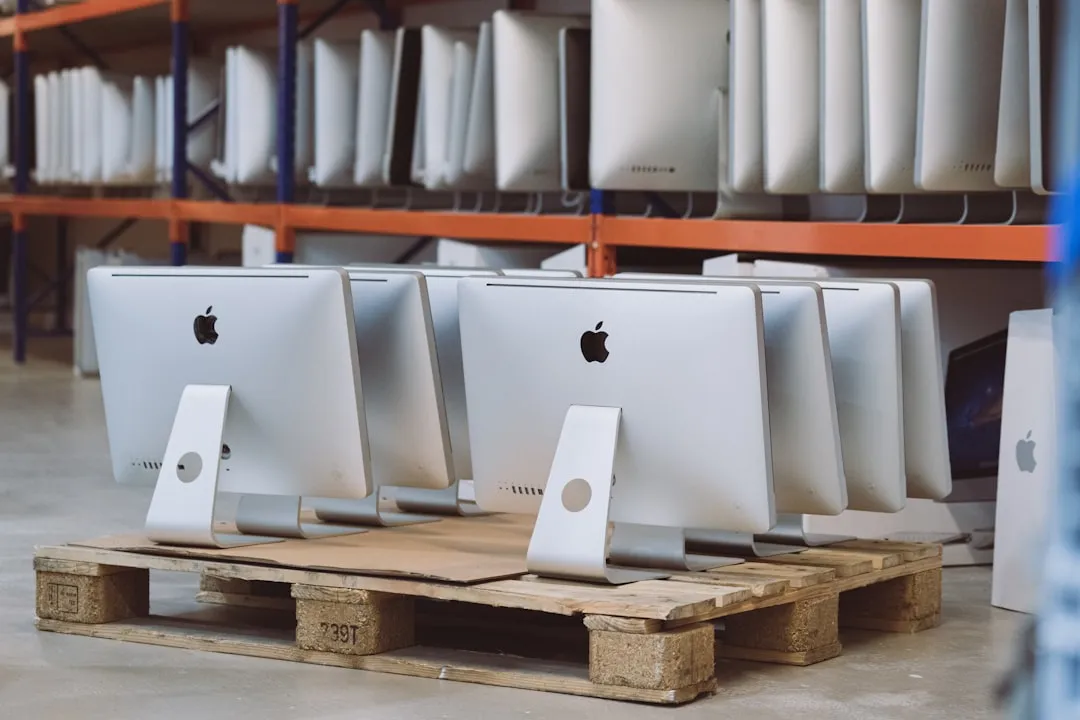

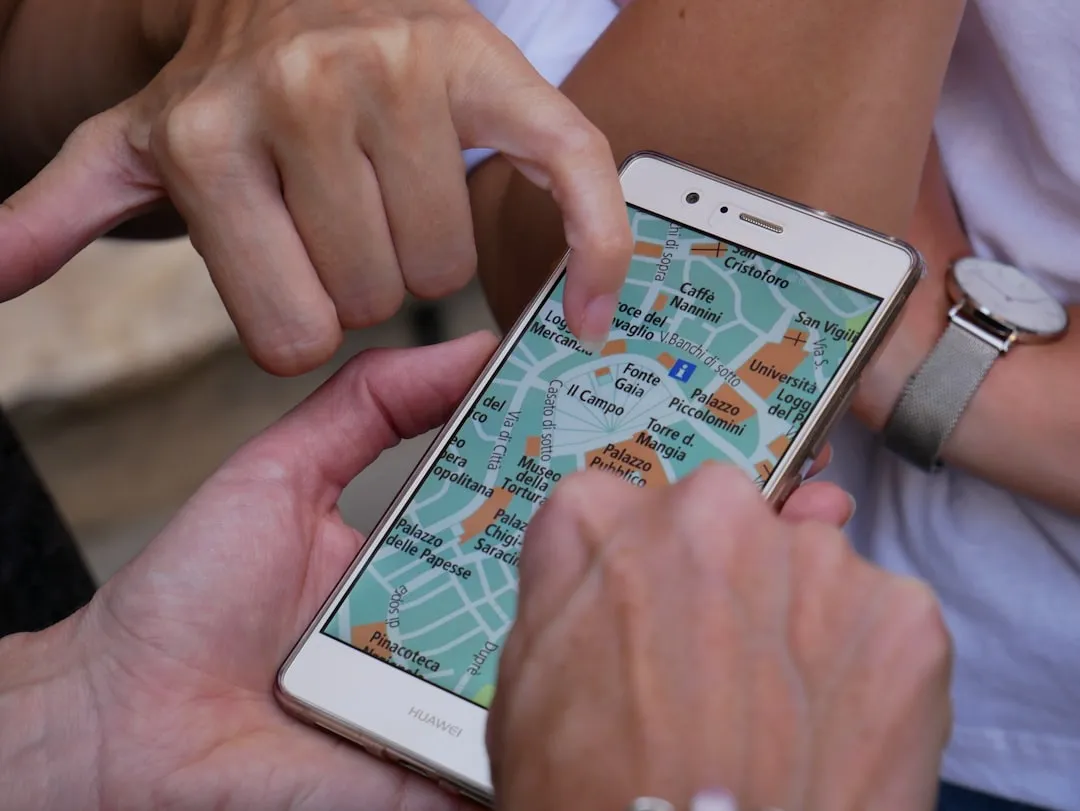

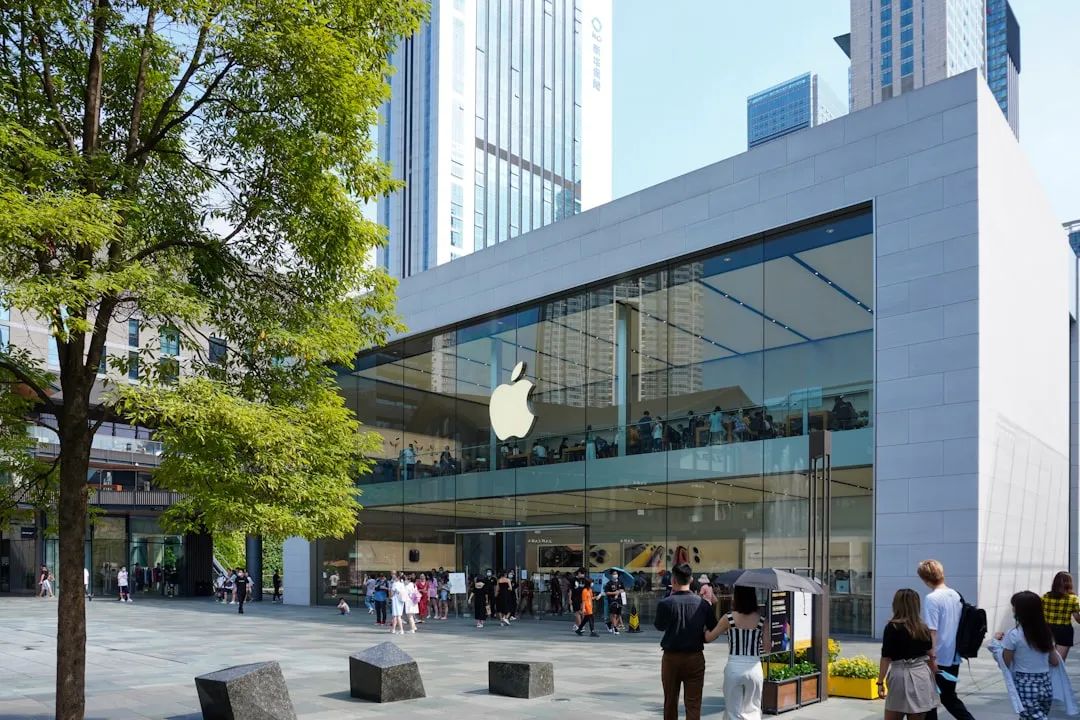
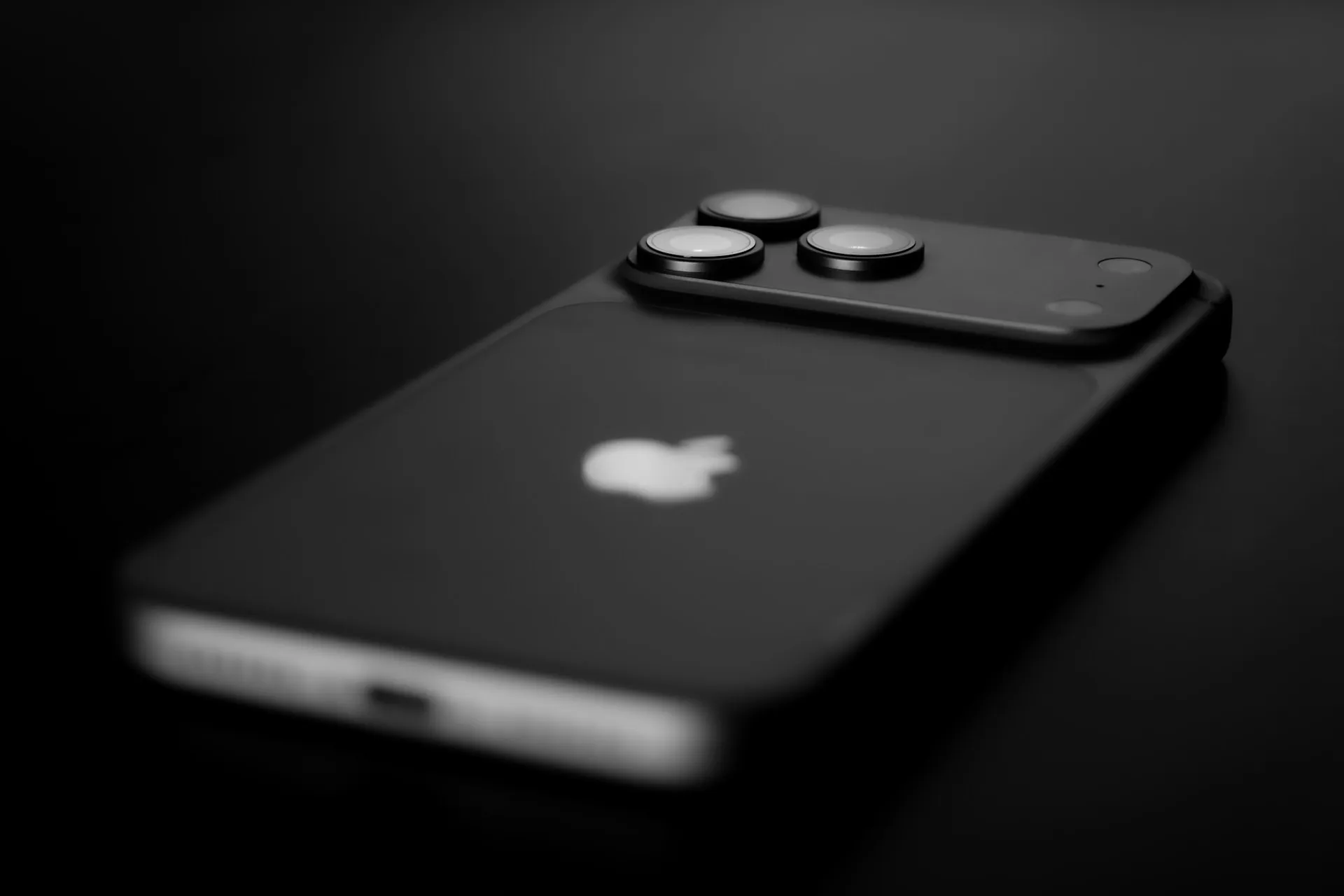
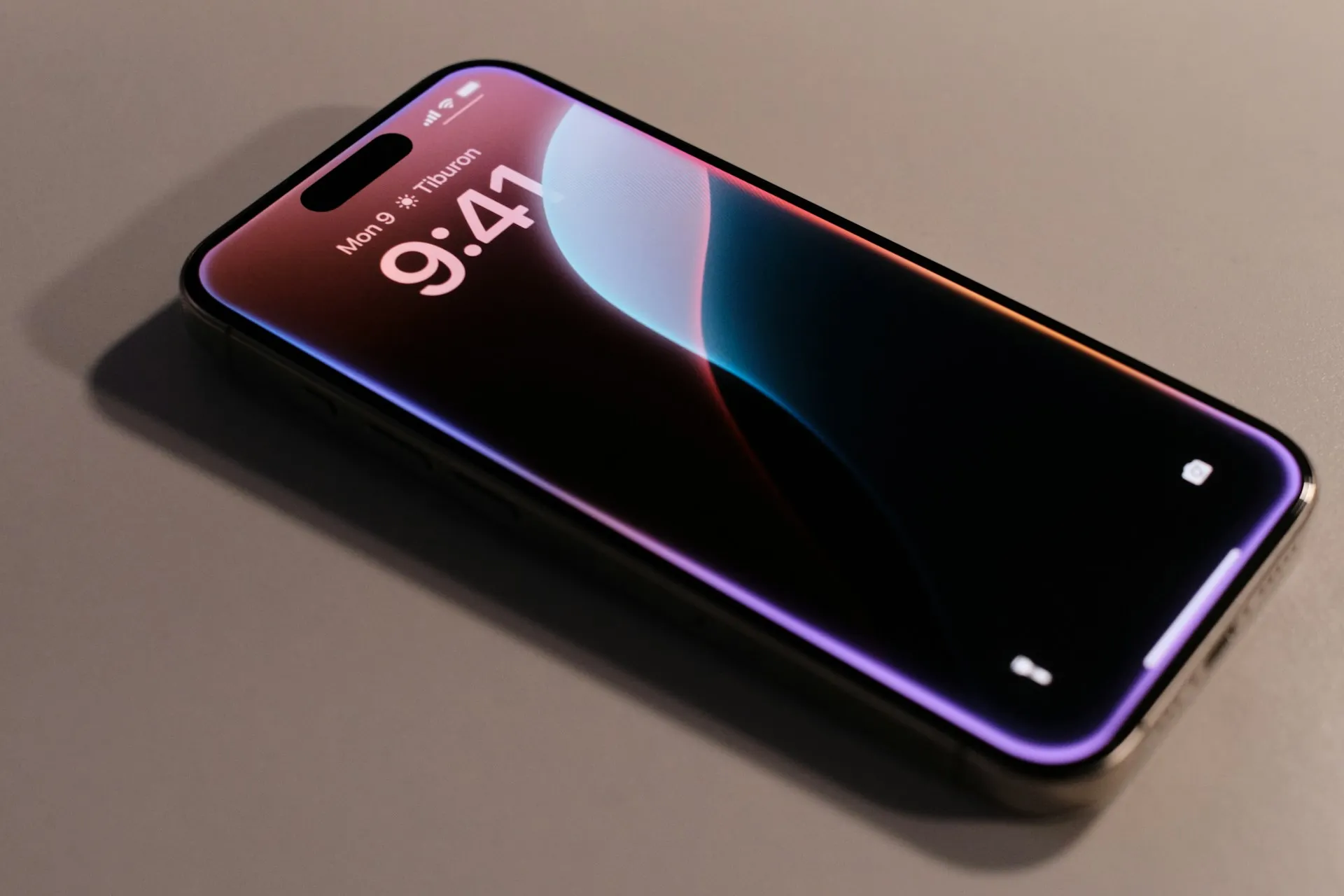
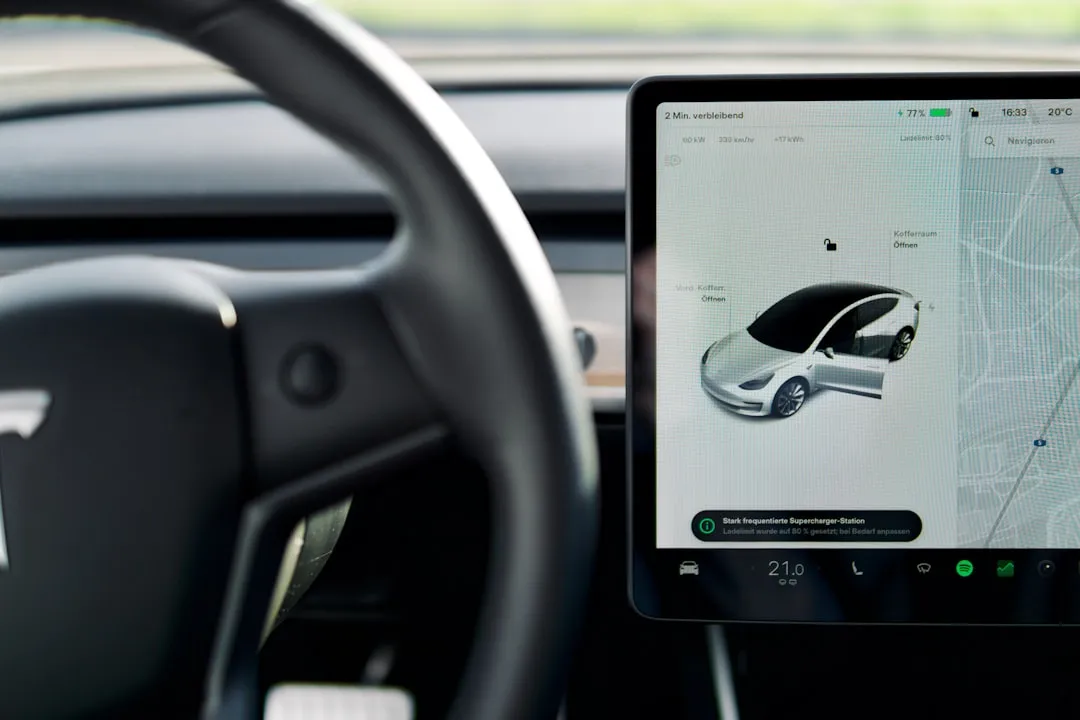





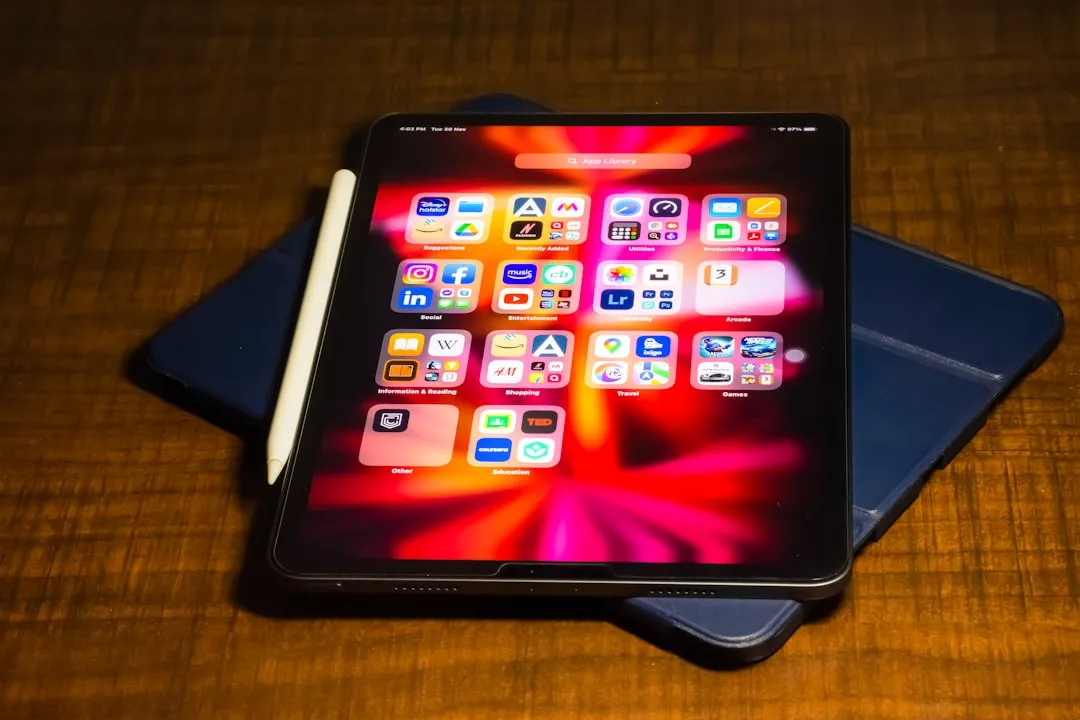

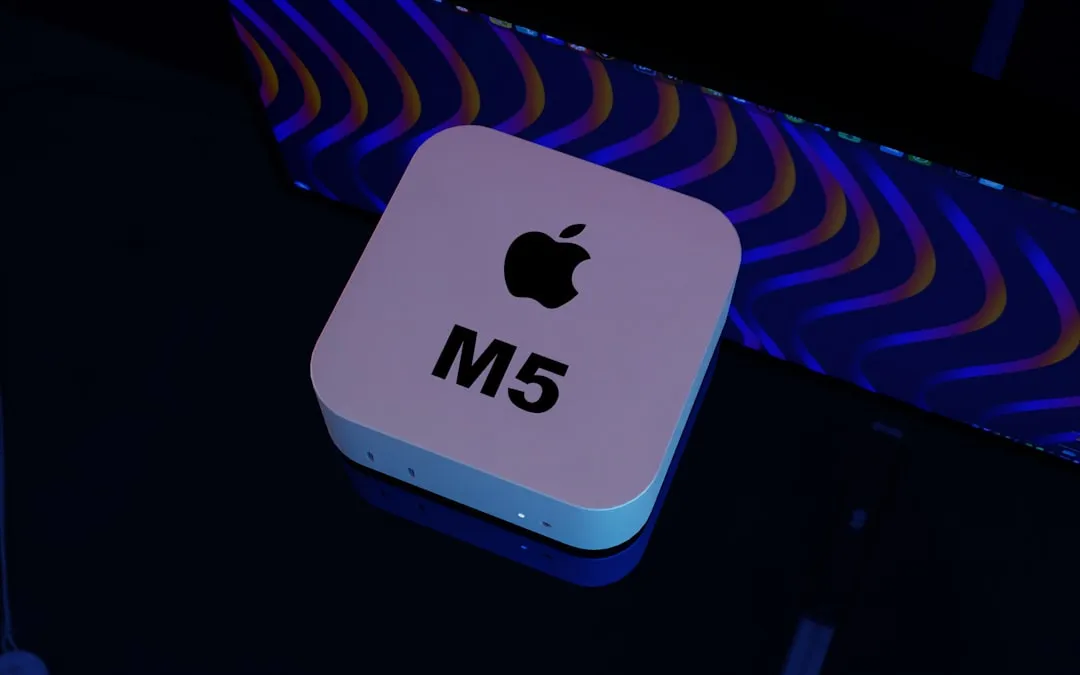


Comments
Be the first, drop a comment!